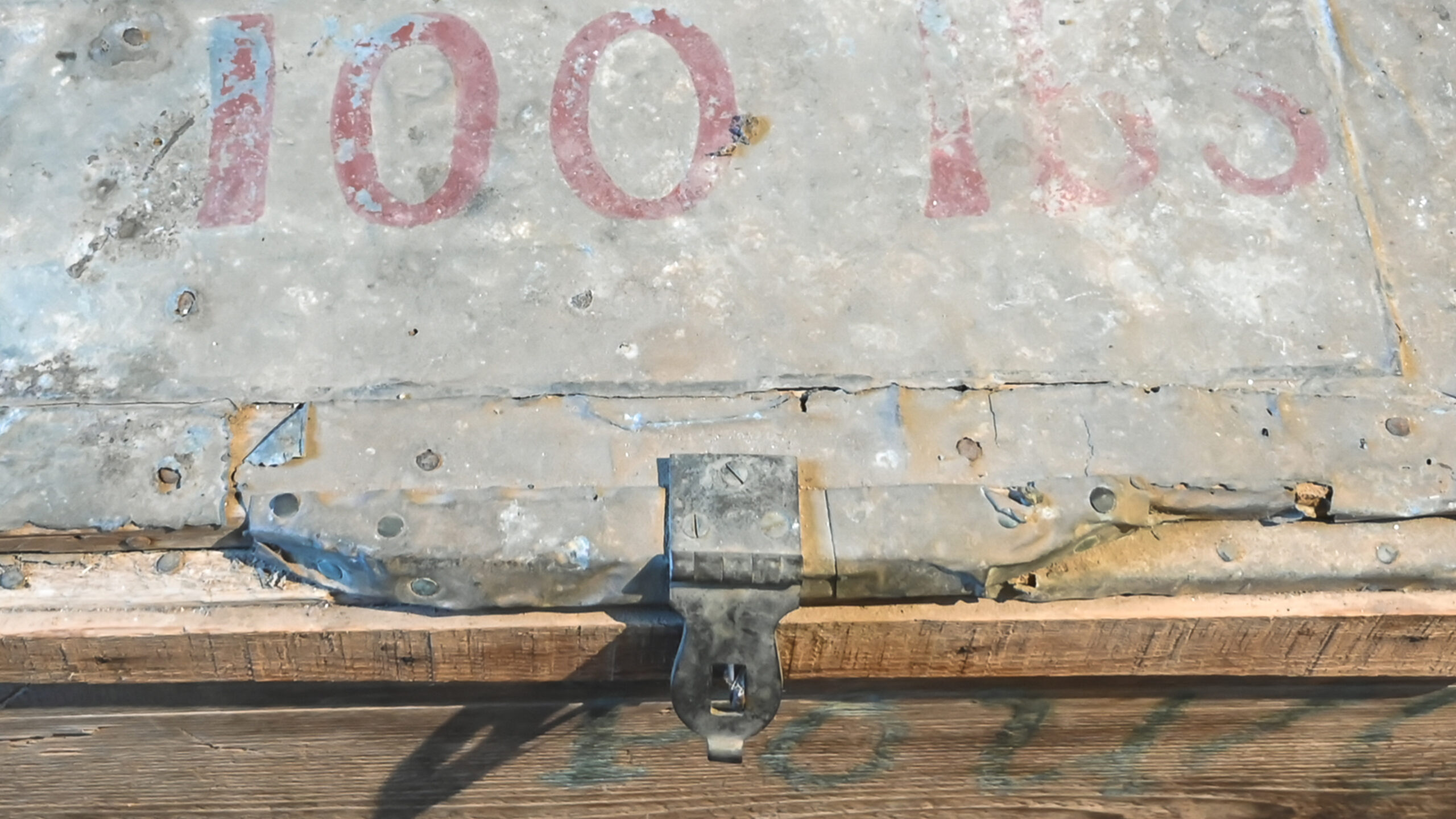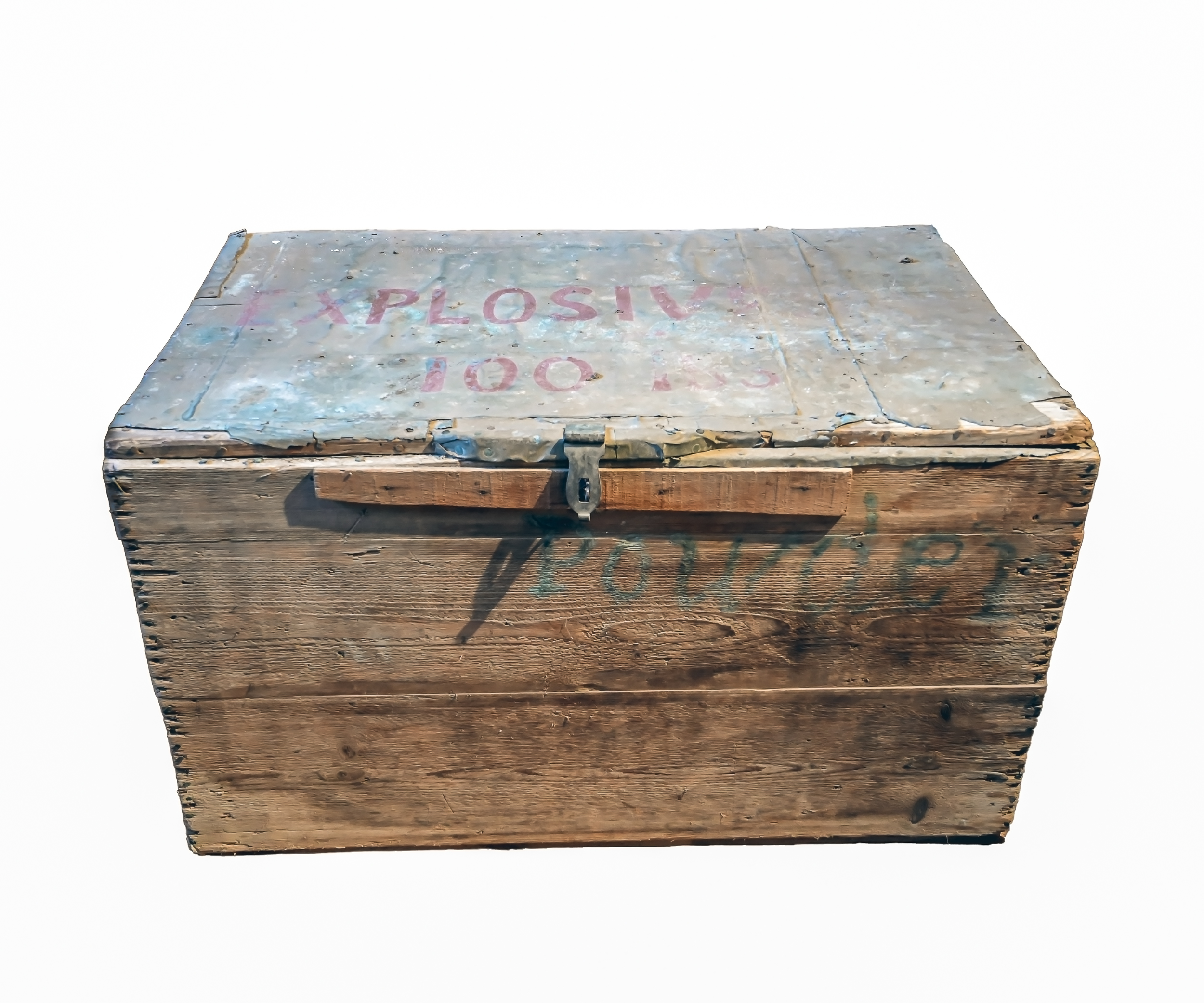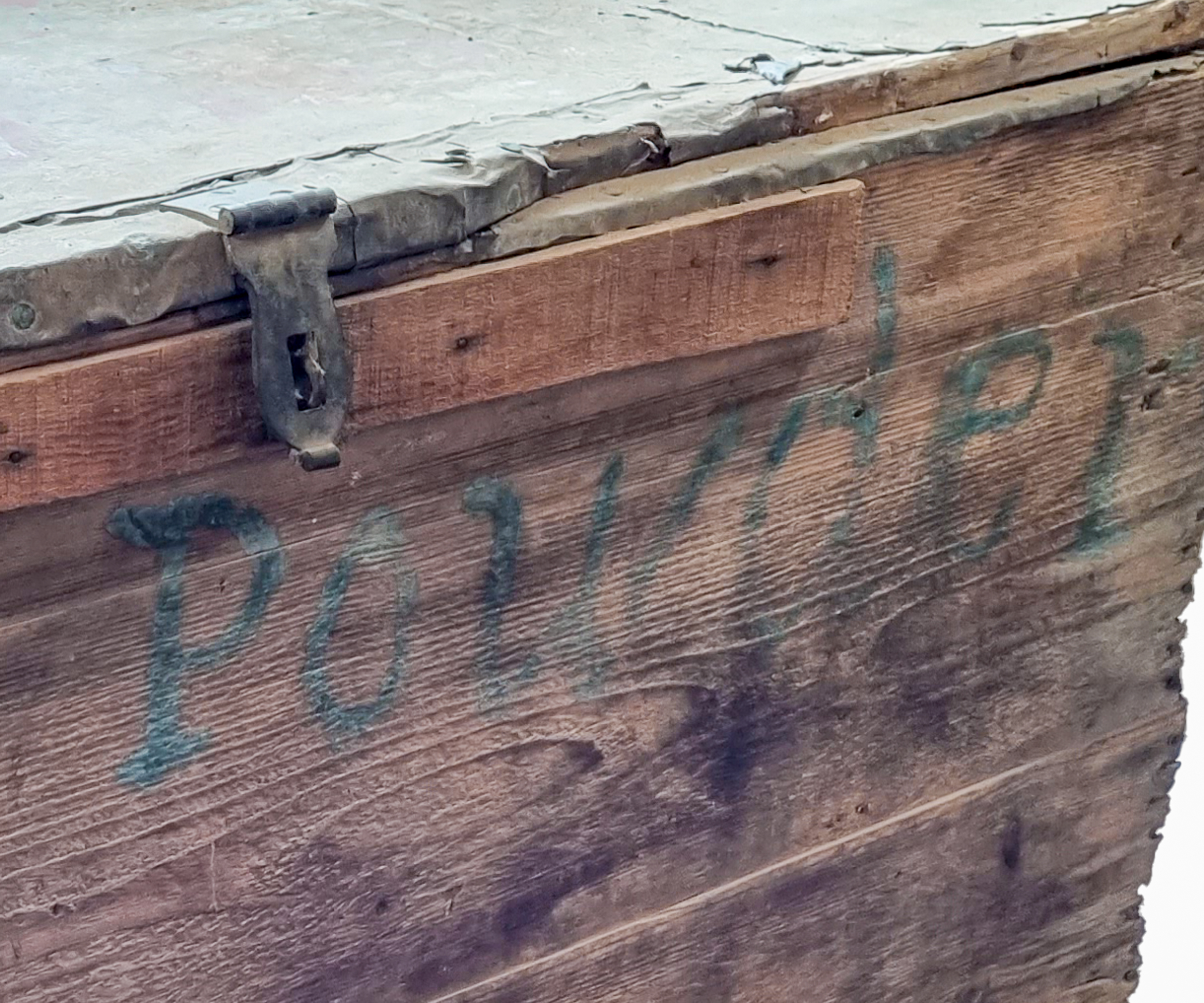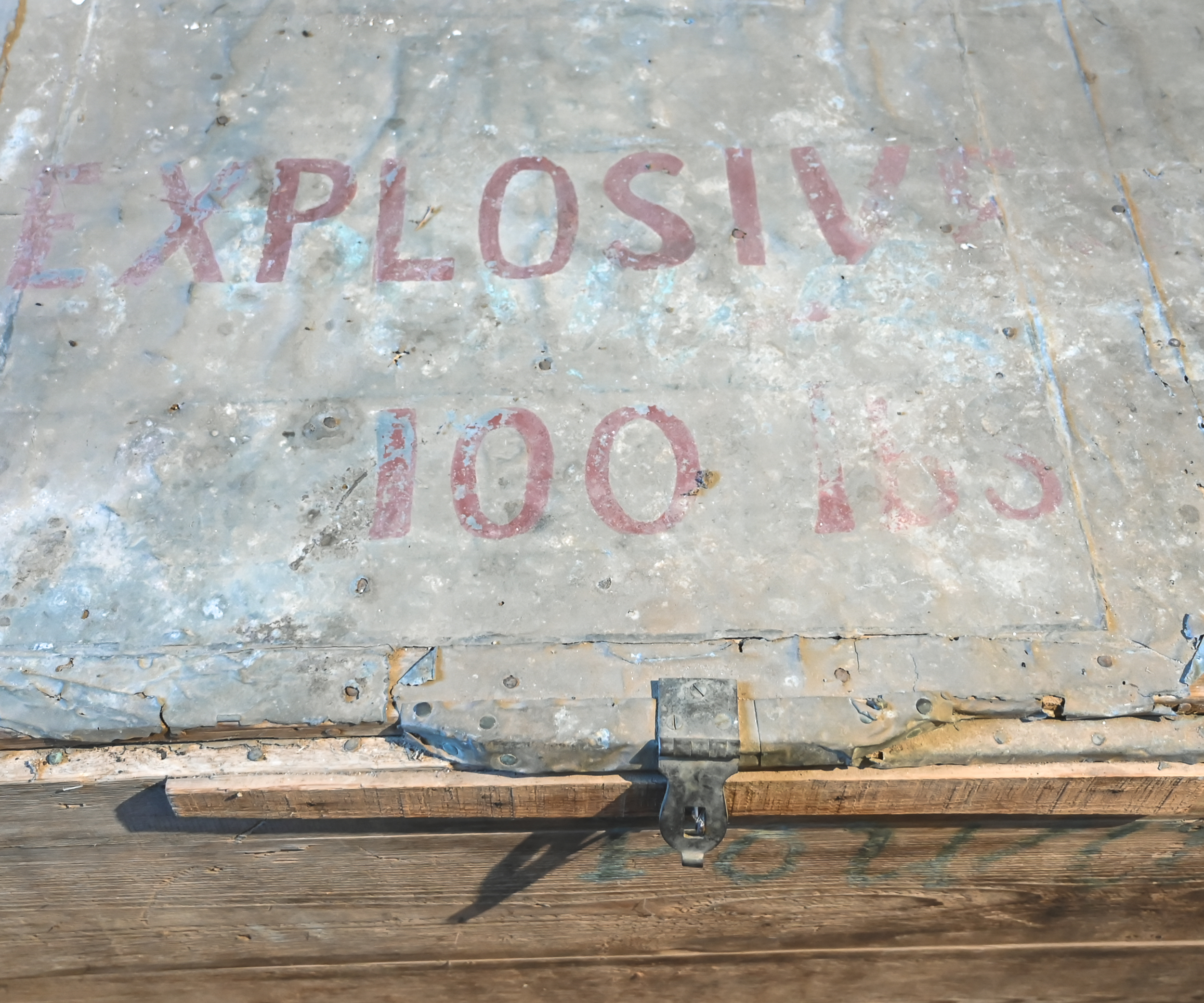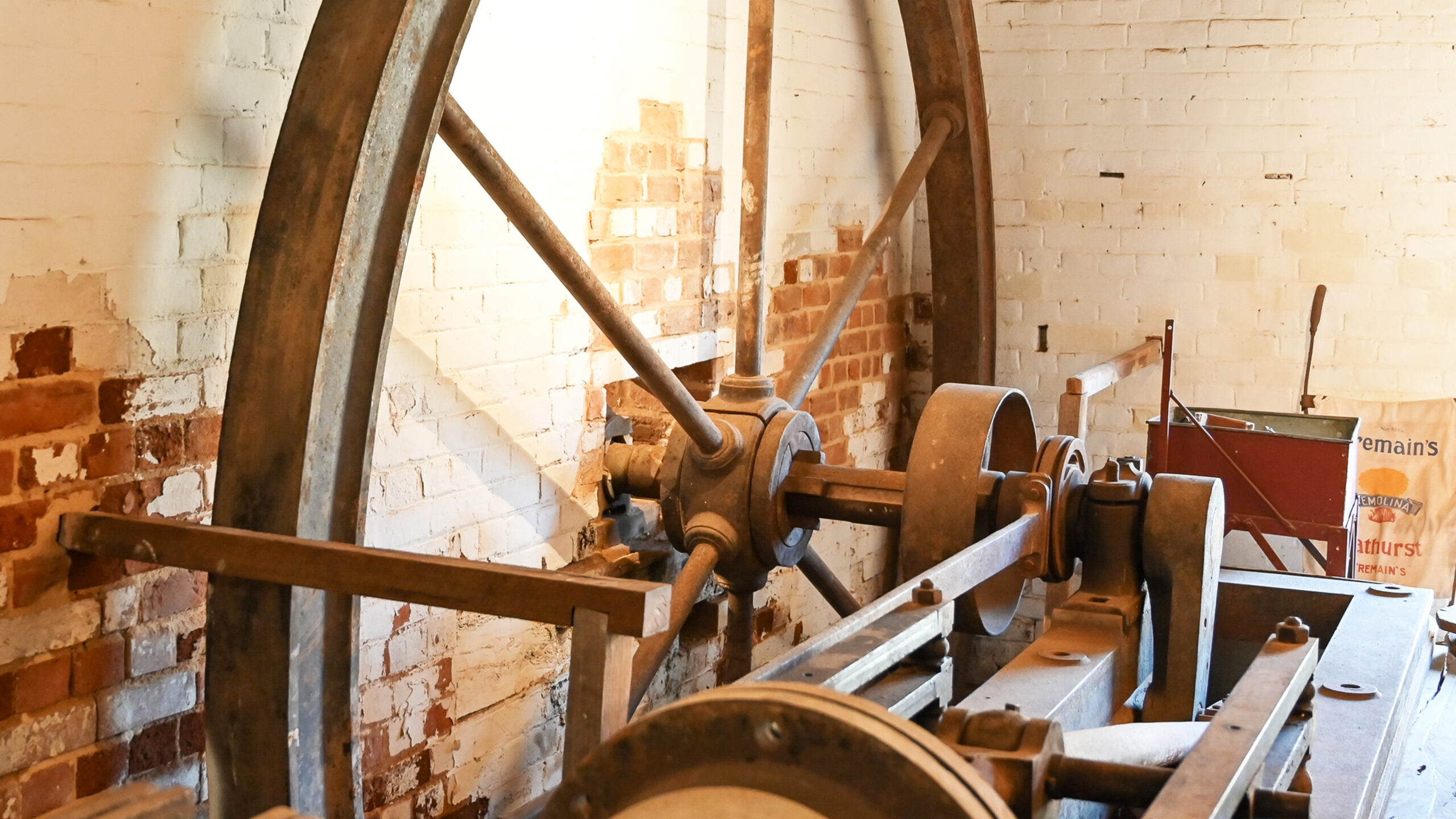Blasts from the Past
The Use of Dynamite in the 19th Century
Browsing through nineteenth century newspapers and looking at this wooden box for storing dynamite, you may think that explosives were not handled with the care they demand. However, you would be mistaken. Outside of underground mining, most accidents were due to carelessness or misuse.
The invention of dynamite by Alfred Nobel in 1871 changed the explosives market and the actual landscape. It’s greatest use and advantage was in mining but it was also used for clearing land of large trees, construction of dams, and (quite illegally) for fishing. There was even various attempts to produce rain using dynamite.
Dynamite’s relative ease of use and increased availability led the NSW government in 1876 to introduce legislation governing how and when explosives could be transported, who had permission to sell and store explosives and in what quantities. In Rockley, Edward Golsby held an Ordinary License in 1886 which cost him ten shillings per year. This license allowed Golsby to store under 500lbs (226kgs) and along with other restrictions he had to register his store and could not sell explosives to a child under thirteen years of age.
Arthur Amos, who started as an assistant in Arthur Budden’s Rockley store before taking over in 1886, held a Special License under the Act. Under this license, which cost 20 shillings per year, Amos had to adhere to the same requirements as Golsby but was able to keep over 500lbs for sale and could manufacture fireworks. The majority of sales by Amos would have been to miners who could store up to 400lbs but were forbidden from selling dynamite. Substantial fines were possible for anyone selling dynamite without a license.
The legislation governing dynamite’s carriage, sale and storage mitigated the risk associated with dynamite and strengthened this wooden box beyond its natural composition.


